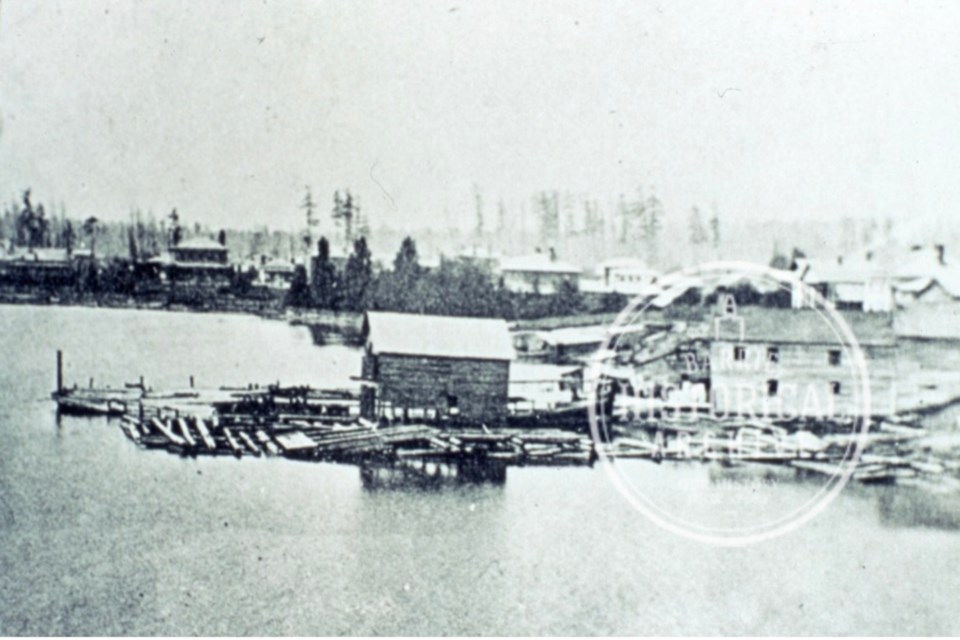The old sidewheel paddle steamship Beaver wasn’t the first to run up and down Lake Simcoe, nor was it the fastest or most glorious passenger ship on the lake.
Of all the varieties of paddler steamers once common on smaller waterways, the sidewheeler variety was reputed to be the most maneuverable of the lot which was a good thing considering the Beaver’s scheduled route.
The eastern branch of the Holland River is a narrow corkscrew in comparison to the wider less winding western branch. However, it was to Holland Landing on the eastern river branch that weary settlers came as they prepared to traverse Lake Simcoe. It was the Beaver’s job to meet them there and ferry them down the river and across the lake.
The Beaver launched in 1845 and struggled up its route for the next five years. Quite often, the sidewheeler found itself wedged tightly in the soft marshy riverbank and had to be pushed free with barge poles. In 1850, the Beaver was wisely moved to the western river branch which necessitated the opening of a passenger depot at Bradford.
The Beaver was not alone on the waters of the county. The Sir John Colborne steamship had been around since 1832. It was a fine steamship but its construction made it a poor candidate for passing through narrow or shallow bodies of water.
Meanwhile, the Morning, launched in 1849, took over the eastern branch route from Holland Landing.
The Peter Robinson, later known as the Simcoe, was better equipped than the Sir John Colborne for moving people through the less navigable parts of local waterways.
Things began to get complicated when the Beaver found itself at the centre of a dispute between its two managing interests, Charles Thompson and Captain Laughton. All of this came about just as the railway was expanding across the continent, threatening to usurp the steamboat industry.
The Beaver came out on the losing end as Captain Laughton decided that his best option was to take the Morning in another direction and leave Thompson and the Beaver behind. Neither man faired very well as a result of their bitter rivalry and the Beaver became a rather irrelevant vessel.
What became of the Beaver? Well, it sat for long enough at an old wharf just east of present-day Meridian Place, sitting derelict in the water and rotting.
When the railway began to advance again and approach Barrie, the waterfront that had once abutted the rear of some business buildings, was filled in to create a bed for the laying of the rails. Poor old Beaver was just part of the fill and was covered over.
That sounds like the end of the story but it isn’t. Not quite. The Beaver still held some fascination long after it was buried, quite literally and figuratively by the rail industry.
In 1939, an old anchor that had sat mostly unnoticed for decades suddenly had a brief moment in the spotlight. As the story went, Samuel McMorran, an employee of a sawmill located at the head of the bay, once pulled an old anchor out of the water and displayed it outside his home on the corner of Cumberland Street and Essa Road.
Mr. McMorran eventually moved to Toronto and had reportedly sold the relic to Tiffin Street junk dealer, Max Alexander, around 1920. Alexander kept it in front of his place of business for years until rumours of its historic value inspired a campaign of sorts to save it from ignominy.
The Barrie Examiner and Northern Advance both covered the story in August of 1939. Local butcher, H.P. Bingham, spearheaded the push to honour the piece either by installing it next to the Barrie railway station or at some other park.
“Who will be the first to move on this relic?” asked Bingham. The estimated half-ton anchor was partially sunken into the earth at Max Alexander’s scrap yard at that time.
The ending to that part of the story remains unwritten. The Simcoe County Museum on Highway 26 does not have an anchor known to belong to the Beaver in its collection. Nancy Island and the Huronia Museum have yet to reply to queries from me.
Parts of the Beaver reportedly made an appearance just after the demolition of the Barrie railway station in 1963. It seems that bits and pieces of the long-buried hulk were exposed at that time.
It seems to me that there are more Beaver tales to come.



